Background: In clavicle reduction surgery one becomes aware that the paired clavicles are not often symmetric. Clavicle lengths are known by numerous anatomic studies to be different between the two sides. My clinical experience confirms this is accurate and careful examination has shown how frequent clavicle length asymmetries are. The longer clavicle length can be on either side but more frequently it occurs on the patient’s left side. This length differences can be factored into the amount of bone removed but may affect how the plate fixation is applied.

In some patients the clavicle is almost horizontal with the SC and AC joints being nearly at the same horizontal level. This would indicate that the bone removal would then have a completely horizontal inward movement.
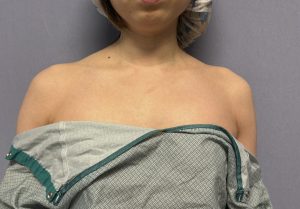

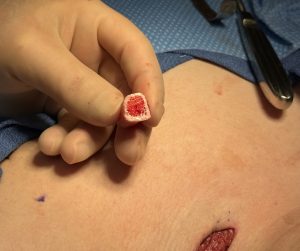
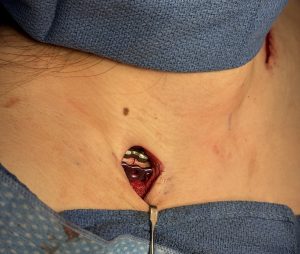
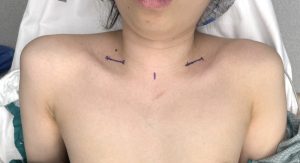
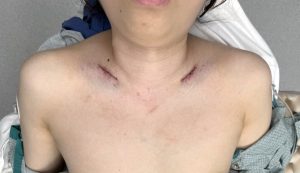

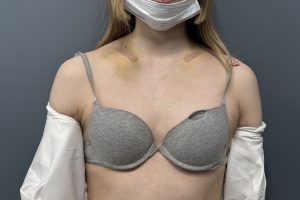

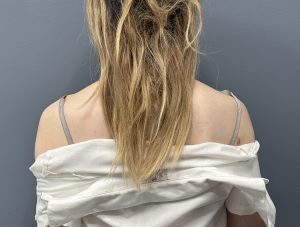
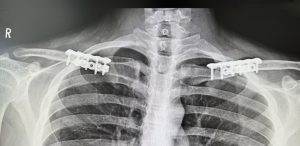
The low clavicle angulation in this patient allowed for a purely horizontal reduction in shoulder width with no lowering or forward rollout all. In the more horizontally oriented clavicle I would presume it exists because of a higher than normal SC joint location.
Key Points:
1) Shoulders often have asymmetry due to different clavicle lengths which can be treated by different amounts of bone removal.
2) The horizontally oriented clavicle will get a more pure horizontal width reduction with bone removal.
3) With clavicle length reduction the available amount of bone may only permit a 5 hole superior plate as opposed to the more desired 6 hole plate.
Dr. Barry Eppley
World-Renowned Plastic Surgeon



